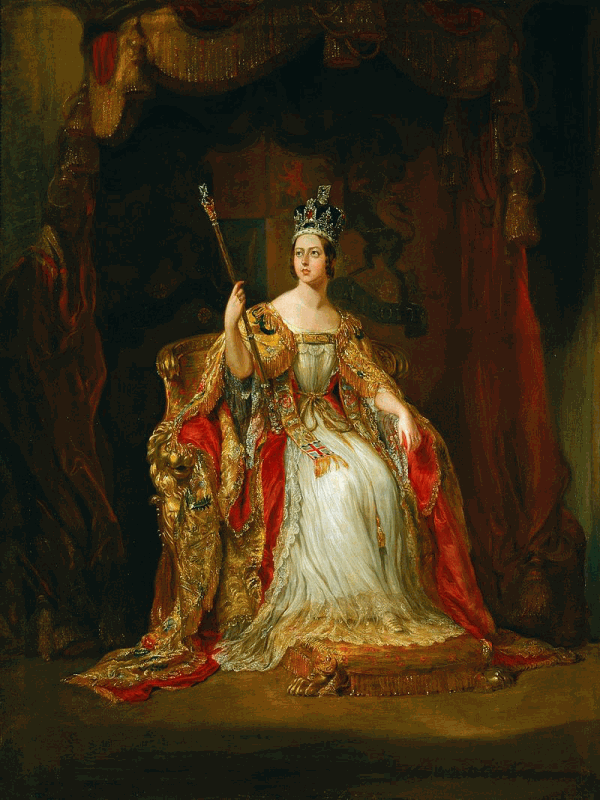Sarah Holbeche, a Sutton lady, started to keep a journal in the 1850s, beginning with her memories of significant happenings in her earlier life. She noted “June 14 1814; Peace - great rejoicings - ox roasted at Ley Hill (then all open common) - bread let down in heaps from carts.” Peace at the end of the long Napoleonic wars was celebrated throughout the Summer of 1914 in England, but Sutton seems to have chosen a rainy day to celebrate - Sarah was only about ten years old, but she remembered “My first parasol, alas, proving how heavy the storm was by its green dye running upon the bread.”
The journal makes no mention of the coronations of King George IV and William IV, no doubt any local celebrations were low key, but “July 1938 Coronation of Queen Victoria. Dinner and dancing in the Park”. The coronation (and the Sutton celebrations) actually took place on June 28th, a year after Victoria’s ascension to the throne.
In 1814 the population of Sutton was about 3,000, and Sutton had a rural feel, surrounded as it was by vast commons, with no schools for the hundreds of poor children to attend. In the 1820s the commons were enclosed, a new road to the Park was made to Town Gate, where Meadow Plat and other fields had been added to the park as a result of the Hartopp Exchange. New schools were built, and by 1838 the population had risen to 4,000. A more seemly party was planned.
Even so, the coronation festivities were organised not by the Corporation, but by a meeting of the parishioners on June 15th, although several members of the corporation were present. The programme for the day was agreed - meet at the Town Hall (then sited at the top of Mill Street) at 11.00, set off in procession at 12.00, dinner in Coleshill Street at 1.00, to the Park for 3.00, fireworks at 9.00.
Dinner was provided for 800 people on twenty tables, the meat (one pound per person) to be carved by forty of the Sutton gentry - the meat cost £23.6s.8d., while £50 was spent on ale - the beer stewards were respectable tradesmen. The entertainment in the Park consisted mainly of children’s sports, including sack races and “collar grinning” (A horse-collar was procured, and the swains vied with one another in putting their heads through it and making grimaces, the prize being adjudged to that one who made the most hideous contortion).
A band had been engaged, so there may well have been country dancing in the park - the weather was fine - but it is not clear whether the £10 earmarked as “ball expenses” was for an open-air ball or a more formal affair. Funds raised by donations, which included £10 from the High Steward, Lord Aylesford, amounted to £144. 18s. 6d. A special version of the National Anthem was sung, the second verse beginning “Let then our Royal Town / True to its old renown / This day be seen…”
